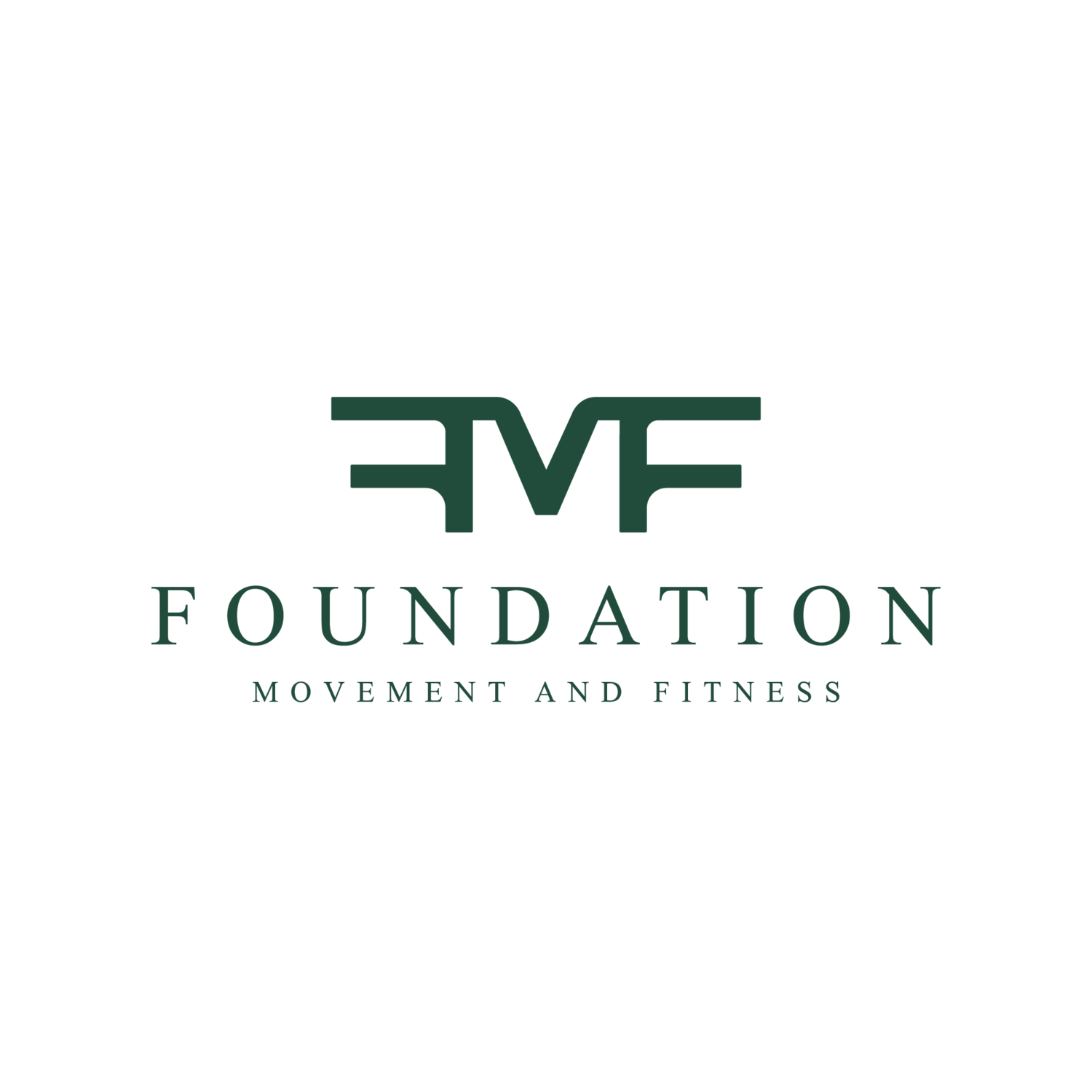Hi everyone, welcome back to our deadlifts series, if you haven’t read part one please refer back to that before diving into this post.
So let’s start by explaining the difference between a Romanian, conventional, and sumo deadlift.
RDL (Romanian deadlift): An RDL is, (in my opinion), is usually the best place to start with learning deadlift. They are the easiest to perform because they involve the least amount of moving joints and they are a great start to learning the hinge motion that precedes the other deadlift variations.
The starting position of the RDL is standing up straight in a neutral position holding whatever type of weight you are using, most commonly dumbbells, kettlebells, or a barbell. Below are the steps to perform the RDL
Take a nice deep belly breath and then lock in your core by thinking about someone punching your tummy or by drawing your hip bones together (learning to brace your core is something one needs to understand before performing any deadlift so if they are unsure what this means or how to do it please review that first as it is extremely important so that you do not injure your back).
2. Engage your shoulder blades together; think back and down
3. Hinge your hips back toward whatever is behind you (if you do not know how to properly hinge your hips we have a blog post called “Stick Hinge”, please refer to this before doing a deadlift).
4. While sending your butt back let your torso bend forward lowering the weight until the point where you are no longer able to stay neutral in your lower back and are not rounding forward and then squeeze your butt to stand back up
Next post we’ll review a sumo deadlift, a conventional deadlift and finally, the hip lift. Sumo deadlifts are typically what I teach second. Certainly with someone lacking hip mobility I would do sumos before conventional to accommodate that. Other options would be to pull from a raised platform for the conventional if you wanted to do conventional before sumos. Sumo deadlifts can absolutely help improve any lacking mobility and obviously any client with these issues should 100% be working on that in their programming as well, but they are also just a great and fluid next step from the Romanian while on the way to the conventional if that is the end goal.
*Just to note, there are some clients with whom I don’t ever get to the conventional deadlift which is perfectly fine. The conventional is the most complex and the easiest one to mess up and hurt oneself. For example, with inexperienced clients, older clients, and clients with a lot of pre-existing injuries, I don’t find it necessary to get into the conventional deadlift as there are copious benefits from just doing the Romanian and sumo as well as plenty of variations of those two.
Alright thanks so much for learning more about deadlifts with us. Reach out by email or on our Instagram with any questions you may have! We’d love to connect with you!
See you next week!
Your postural movement specialists



